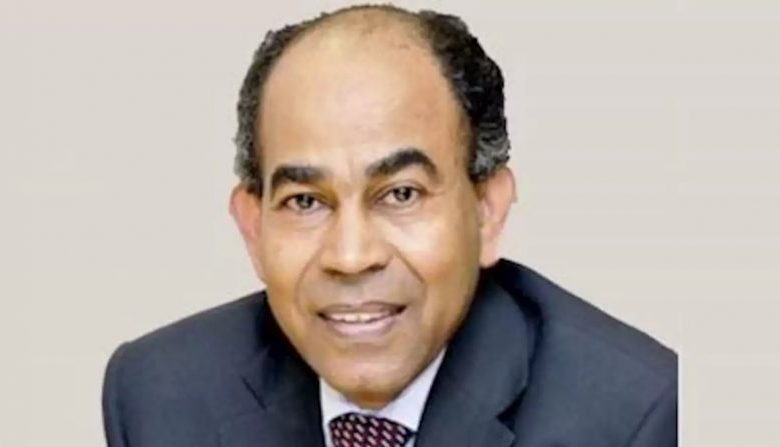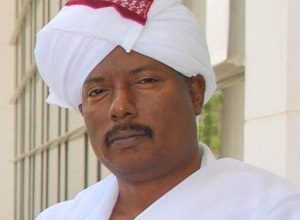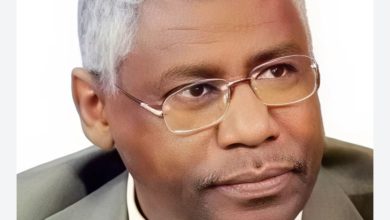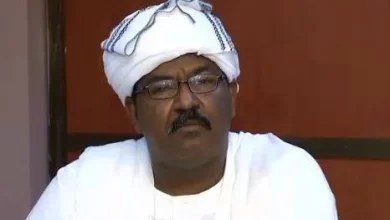Sudan… The Failure of the “Parallel” Government Plan

By Othman Mirghani
The “parallel” government being cooked up these days in Nairobi is essentially the government of the Rapid Support Forces (RSF), no matter how much its affiliates and backers try to deny it or disguise it with vague rhetoric. Without the RSF’s guns and money, this government plan would not have emerged, and without the areas under RSF control, it would have no place to operate if it ever materialized.
The project’s birth has been troubled from the start, beginning with divisions within the Coordination of Civilian Forces “Taqaddum” and its dissolution—whether this split was genuine or tactical remains unclear. The opening session of the “founding” conference for this government was then postponed for 24 hours, followed by a three-day delay in signing its charter. Even after these delays, the formation of the government and its structures remains on hold until further notice.
It was claimed that the postponement of the charter signing was at the request of Abdulaziz al-Hilu, the leader of the Sudan People’s Liberation Movement-North (SPLM-N), to allow more representatives from his movement to participate. However, he was already present at the conference and addressed it, emphasizing his demand for secularism to be included in the charter of the new platform and its government.
The reality is that divisions and disputes have plagued this government plan from the outset. “Taqaddum” split apart, the National Umma Party distanced itself from its leader, retired General Fadlallah Burma Nasir, who went ahead with participating in its arrangements, and internal conflicts within the Justice and Equality Movement (JEM) led to a split against Suleiman Sandal. The SPLM-N also witnessed a division when a member of its Washington office resigned in protest against al-Hilu’s participation in the Nairobi gathering alongside RSF leaders, despite the bitter history between them.
Meanwhile, signs of division have emerged within the Kenyan government itself, along with tensions involving President William Ruto over his support for the “parallel” government project by hosting its founding conference in Nairobi. The Sudanese government issued a strongly worded statement condemning Kenya’s stance as a violation of international laws and an endorsement of a group accused of genocide. Kenya’s position became even more awkward as no other regional or international government publicly backed this parallel government—evidenced by the absence of foreign diplomats or state representatives at the charter-signing event.
This troubled start signals what lies ahead for this government if it ever comes into existence, as well as the inevitable failure of those driving the project. At its core, it is more of a propaganda stunt aimed at boosting morale after the RSF’s repeated defeats rather than a genuine initiative to establish a state—one that exists only in the imagination of its architects.
With this move, the RSF seeks to achieve politically what it failed to accomplish through armed force. However, it will soon find that its calculations do not align with reality. The “parallel” government will not receive the recognition it hopes for, nor does it possess any legitimacy, as it is fundamentally backed by the RSF’s bloodstained weapons—tarnished by massacres, rapes, and atrocities from Darfur to Khartoum and Al-Jazira. A deep rift has formed between the RSF and the civilian population, who have fled from its forces in search of security in army-controlled areas. Even in Darfur, where the RSF might entertain separatist ambitions, they do not control the entire region, nor do they represent its diverse population—many of whom have suffered at their hands and are actively fighting against them.
Claims that the RSF represents Sudan’s marginalized groups are laughable given its track record of mass killings in Darfur, attacks on peaceful villages in Al-Jazira, and its racist rhetoric targeting northern communities. Calls for violence against these populations have intensified, culminating in a viral video this week of an RSF fighter threatening to bomb critics in eastern Sudan once the parallel government is formed, which he referred to as “our government.”
When the war began, the RSF’s “Plan A” was a swift coup to seize control of Sudan while simultaneously engaging in widespread looting, destruction, and the occupation of civilian homes. The army’s resilience foiled this plan. After suffering defeats in Al-Jazira and beginning to lose ground in Khartoum, RSF leader Mohamed Hamdan “Hemedti” Dagalo ordered his forces to shift to “Plan B,” which involved drone strikes on power stations, markets, hospitals, and even schools—aiming to turn public frustration against the army and pressure it into negotiations.
Is the attempt to form a parallel government now “Plan C”?
Regardless of what they call it, this seems to be the RSF’s last desperate shot. Many—including myself—believe it is doomed to fail and will not stop the army and its allies from moving forward to achieve their now-clear objective… which may be closer than ever.



